How Far Can You Sail Up the Nile? (5 Boat Types)
Spanning some 6,650 km, the Nile River weaves through northeastern Africa, with its waters touching 11 different countries. You may wonder how far one can actually navigate up the Nile and what types of boats are best suited for this journey. As you prepare to sail up the legendary river, consider the obstacles that have shaped its course, such as the Aswan Dam and seasonal floods, which can ultimately determine your sailing trajectory and boat choice.
Boats can sail up the Nile for 700–800 miles (1,100–1,300 kilometers), depending on the boat size and type, the season, and the location. Smaller boats like canoes are a good choice for exploring further upriver towards Aswan, while larger riverboat cruise ships can navigate the lower parts of the river.
If you're planning to sail, consider the middle part of the Nile, which may offer the best navigational options for various boat types. Below, we'll dive into the specific characteristics and limitations of five boat types suitable for sailing up the Nile.
Summary
- During the dry season (December to May), the water level in the Nile river is lower, which can make navigation more difficult.
- During the wet season (June to November), the water level is higher, and boats can sail further upstream.
- The ideal locations for sailboats are the Lower Nile, which runs from Cairo to the Mediterranean Sea.
- A riverboat cruise cannot sail up the entire river due to the Aswan Dam acting as a barrier to navigation.
- Some riverboat cruises offer guided tours of ancient Egyptian temples and sites, such as the temples of Luxor and Karnak, the Valley of the Kings, and Abu Simbel.
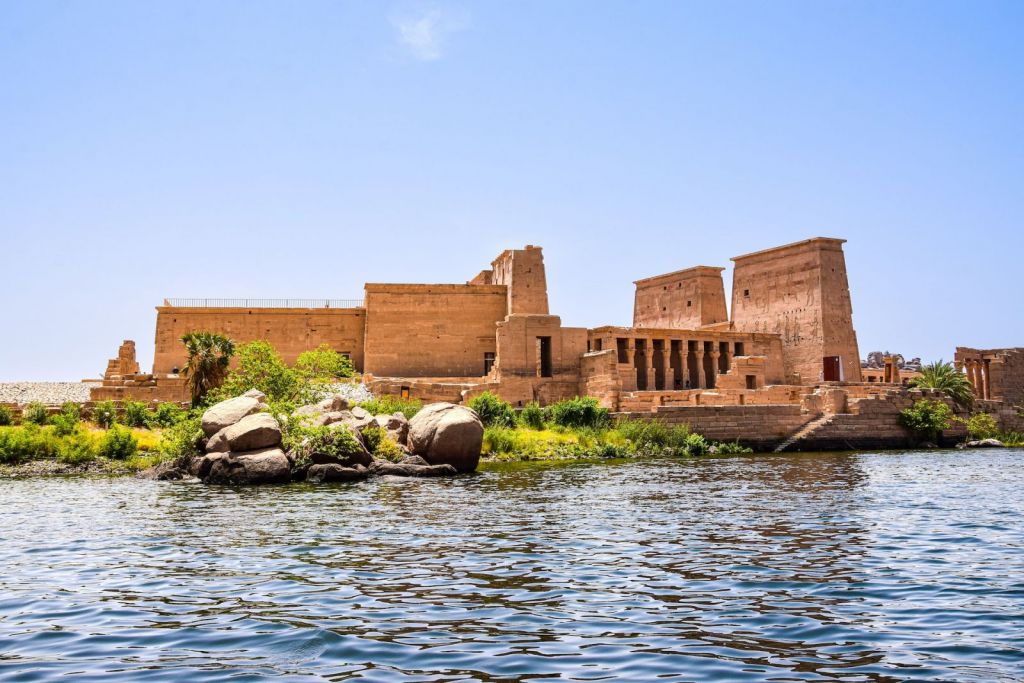
On this page:
You Can Sail Up the Nile for Several Hundred Miles
| Boat Type | Boat Size | Number of People | Distance It Can Sail Up the Nile | Cost of a Trip |
|---|---|---|---|---|
| Canoe | 10-20 feet | 1-2 people | 10-20 miles | $10-20 USD per hour, or $50-100 USD for a full day rental |
| Sailboat | 20-30 feet | 6-8 people | 300-400 miles | $50-100 USD per hour, or $200-500 USD for a full day rental |
| Traditional Felucca | 30-40 feet | 10-12 people | 50-60 miles | $10-100 USD per person |
| Motorboat | 30-40 feet | 10-12 people | 400-500 miles | $50-100 USD per person |
| Riverboat Cruise | 300-400 feet | 150-200 people | 500-600 miles | $200-1000 USD per person per day |
In general, boats can sail up the Nile for several hundred miles, but the distance varies depending on boat type and size, the location, and the season. In the lower Nile, from the Mediterranean Sea to Aswan, large ships can navigate the river year-round. However, in the upper Nile, from Aswan to Khartoum, the river becomes more shallow and rocky, making navigation more difficult.
The Nile is the longest river in the world, stretching over 4,000 miles from its source in the highlands of East Africa to its delta on the Mediterranean Sea. You can sail this legendary river using five types of boats as detailed below.

Canoe Expedition
Canoes are small and agile, making them great for navigating portions of the Nile with rapids and white water. While they can be fun, you should be prepared for an intense journey, especially in areas like Jinja, where the river meets Lake Victoria.
Managing the current
The Nile is a powerful river, and its current can be both an advantage and a challenge for canoers. To make the most of your journey, consider paddling in the morning, when the current is usually calmer.
Choose a lightweight and durable canoe, as this will allow you to maneuver more easily in the water and better handle the current. Additionally, always wear a life jacket; safety should be your top priority while navigating the Nile.
Navigational strategies
First, study the geography of the area and note the locations of specific landmarks, such as the source of the Nile in Rwanda. This will help you stay on track and avoid becoming disoriented.
Be prepared to portage at times, as some sections of the Nile may be too shallow or present obstacles such as sandbars or rapids. It's a good idea to travel with a reliable map and GPS device for easy reference during your journey. Moreover, consult locals and other experienced paddlers to gain essential insights into navigating the Nile River in a canoe.
Lastly, embrace a flexible mindset. Be prepared to adjust your route or plans based on the changing conditions of the river or unforeseen challenges.
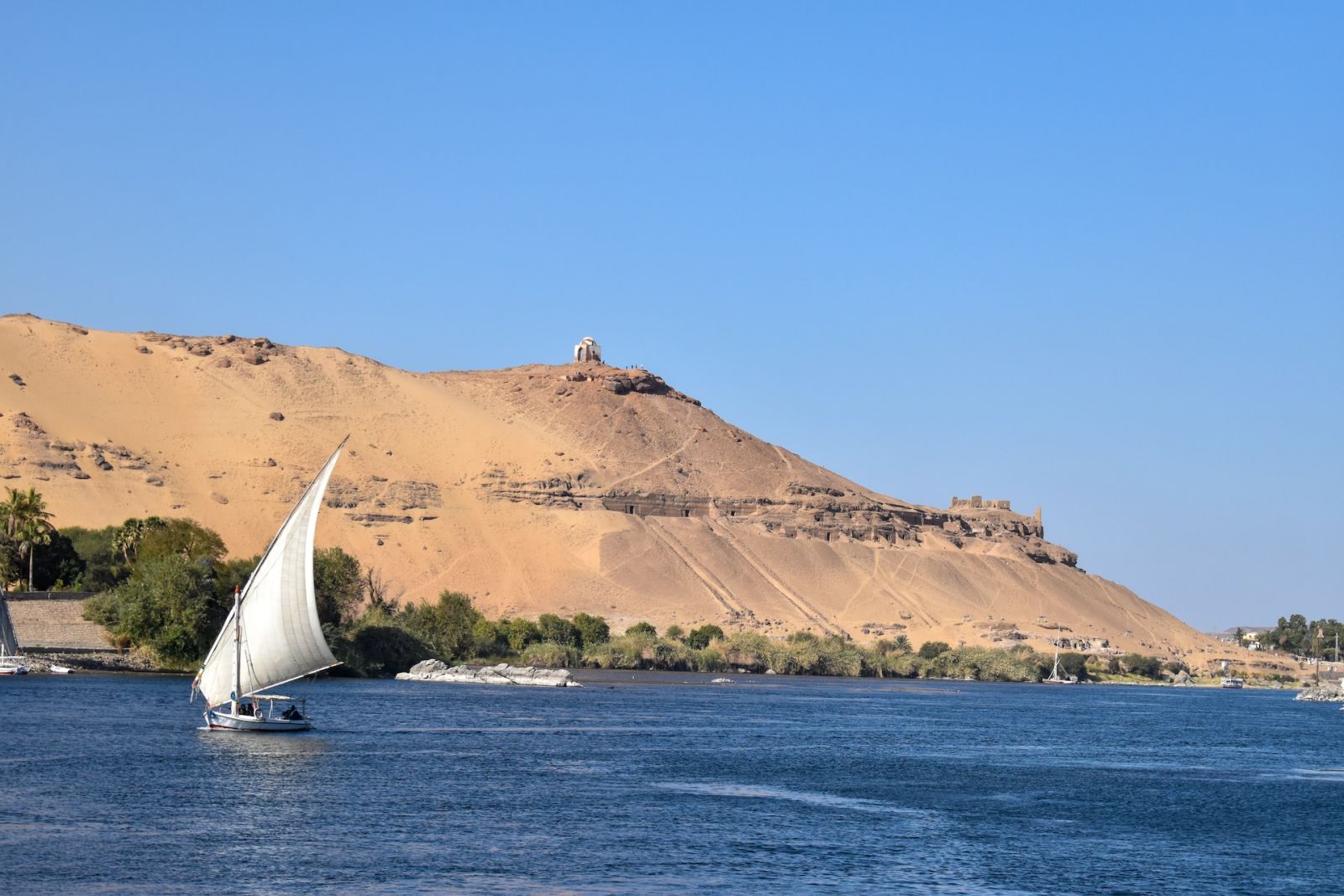
Sailboat Adventure
Sailing challenges on a sailboat
The Nile River, especially as you go further south, has several obstacles that can prevent boats from sailing up certain parts of the river, such as Aswan Dam. During the flood season (June to September), water levels rise significantly, which can make sailing easier. However, this also means that you need to be extra cautious about the water conditions.
Some parts of the Nile have strong currents or white water, as seen in the area where the Nile meets Lake Victoria in Uganda. To ensure a safe and enjoyable trip, it's important to familiarize yourself with the river's conditions and plan your route accordingly.
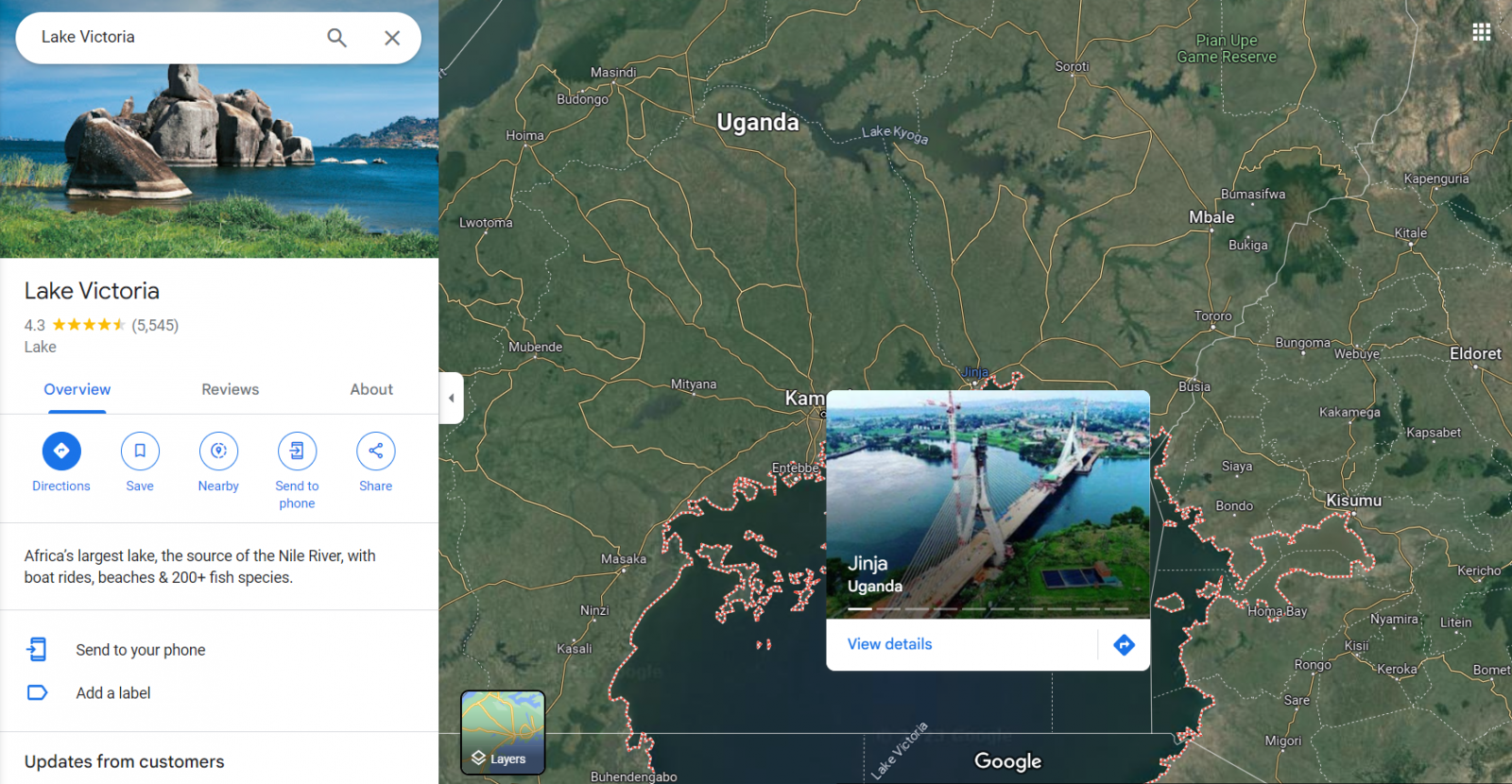
Essential skills for Nile sailing
Here are a few essential skills you should have under your belt on your journey up the Nile:
-
Navigational skills: Knowing how to read charts and use navigational tools is crucial for finding your way along the Nile River. Keep your maps updated and be prepared for any changes in water conditions or obstacles you may encounter.
-
Knot tying: A wide range of knots will come in handy when docking, securing sails, and dealing with various situations on the river. Make sure to practice your knots before setting sail.
-
Weather monitoring: Understanding weather patterns and staying informed about local weather conditions is essential for a safe journey. Keep an eye on the forecast and adjust your plans if necessary.
-
Anchoring: Safely anchoring your boat will be important, especially when stopping to explore the amazing sites along the Nile. Learn how to select a proper anchorage spot and carry the right equipment to ensure your boat stays secure.

Traditional Felucca Travel
Feluccas are traditional wooden sailing boats that have been used on the Nile River for thousands of years. They are typically small and can accommodate up to 10-12 passengers, making them a more intimate and personal mode of travel. Feluccas are powered by sails and are dependent on the wind for propulsion, which provides a unique and authentic experience for travelers.
Feluccas are designed to navigate shallow waters and narrow channels, which allows them to access areas that are inaccessible to larger boats. Sailing on a felucca is a more eco-friendly mode of travel, as they do not produce emissions and have a minimal impact on the environment.
These boats are often used for short trips or day trips, and they are a popular option for travelers who want to experience the beauty and serenity of the Nile River in a more authentic and traditional way. Feluccas are often operated by local fishermen or boatmen, who have a deep knowledge of the river and its history and can provide a unique perspective on the local culture and way of life.
Sailing on a felucca is a relaxing and peaceful experience, and it provides a chance to disconnect from the hustle and bustle of modern life and enjoy the natural beauty of the Nile River.
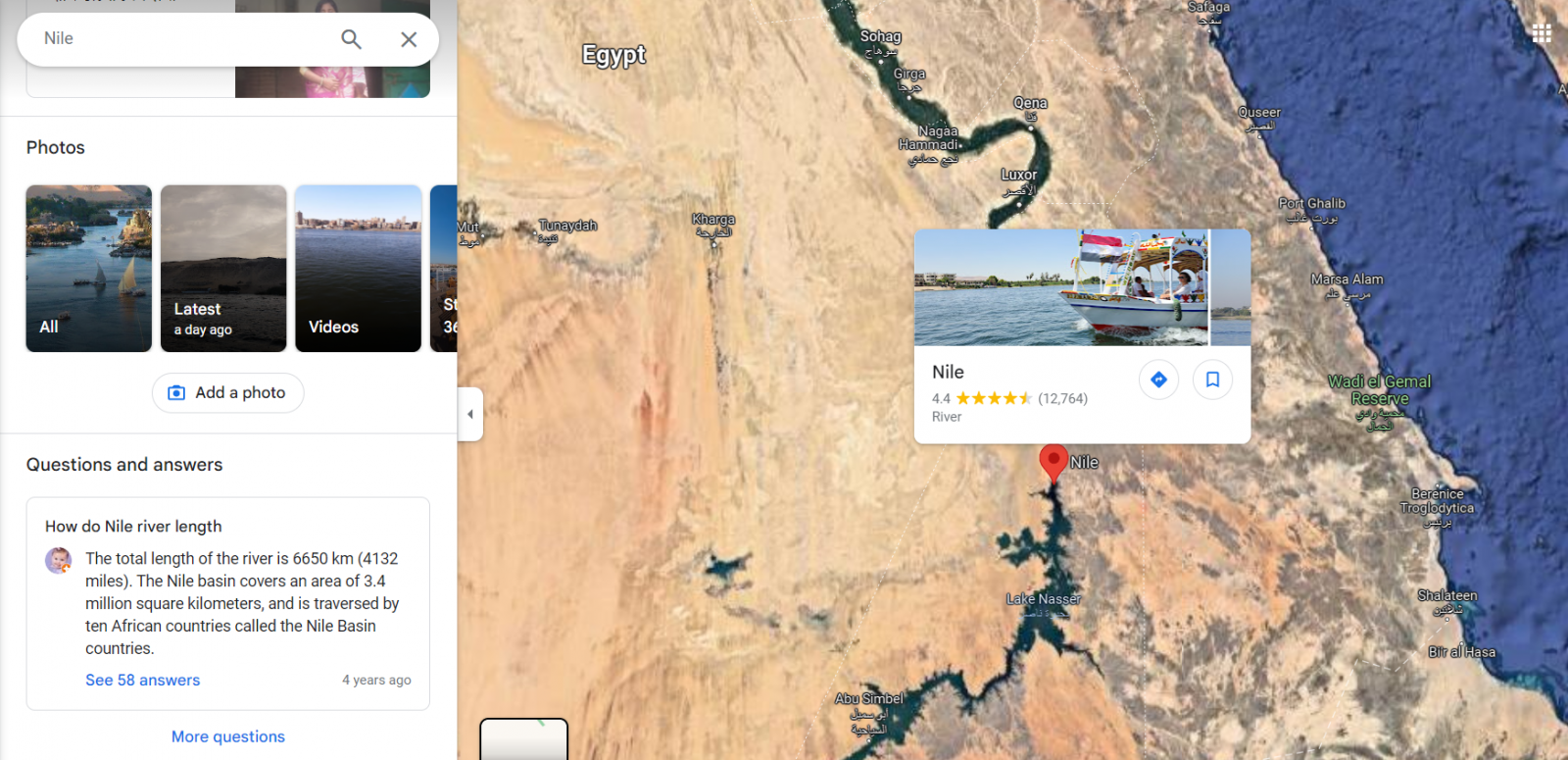
Motorboat Journey
Motorboat are equipped with engines, allowing you to cover more distance in a shorter time. However, they may face limitations when navigating certain sections of the Nile, such as areas with low water levels, especially during low flood seasons.
Motorboats are a popular mode of travel on the Nile River, as they are faster and more comfortable than traditional feluccas. They can accommodate more passengers than feluccas, making them a better option for larger groups or families.
These boats are powered by engines, which provide a reliable and consistent source of propulsion, unlike feluccas which are dependent on the wind. Motorboats can navigate through narrow channels and shallow waters, which allows them to access areas that are inaccessible to larger boats.
Sailing on a motorboat provides a chance to see the Nile River from a different perspective and to explore areas that may be difficult to access by other means of travel. Motorboats can be rented for a variety of purposes, including fishing trips, sightseeing tours, and transportation.
Sailing on a motorboat can be a more affordable option than a riverboat cruise, as they require less maintenance and have lower operating costs. Motorboats are a popular mode of transportation for locals who live along the Nile River, and they provide a vital link between communities along the river.
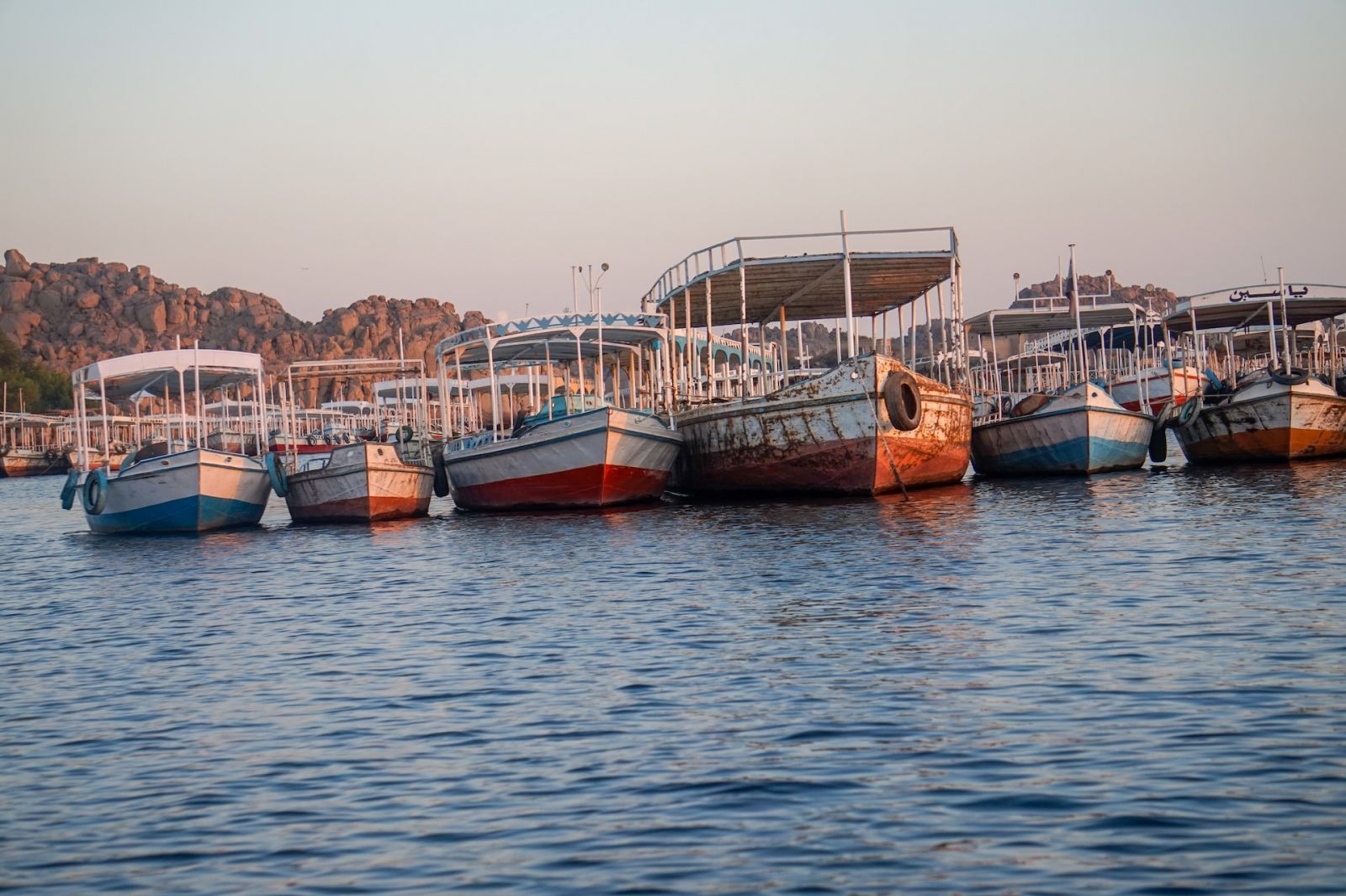
Riverboat Cruise Experience
A riverboat cruise offers a comfortable and picturesque way to explore the Nile, but they cannot sail up the entire river due to the Aswan Dam acting as a barrier to navigation.
Riverboat cruises on the Nile offer a unique and luxurious way to experience the beauty and history of Egypt, and they provide a range of amenities such as restaurants, bars, and swimming pools. The Nile River is home to a diverse array of wildlife, including crocodiles, hippos, and a variety of bird species, which can be seen from the deck of a riverboat cruise.
The best time to take a riverboat cruise on the Nile is during the winter months, from November to February, when the weather is cooler and the water level is higher. Riverboat cruises on the Nile are a popular tourist attraction, and they contribute significantly to the economy of Egypt.
Ease of travel
Cruising the Nile on a riverboat cruise ship is a comfortable and convenient way to explore Egypt's ancient history. You'll enjoy well-appointed cabins, swimming pools, and on-board restaurants and shops. The friendly atmosphere provided by the staff and fellow travelers will make your journey even more enjoyable.
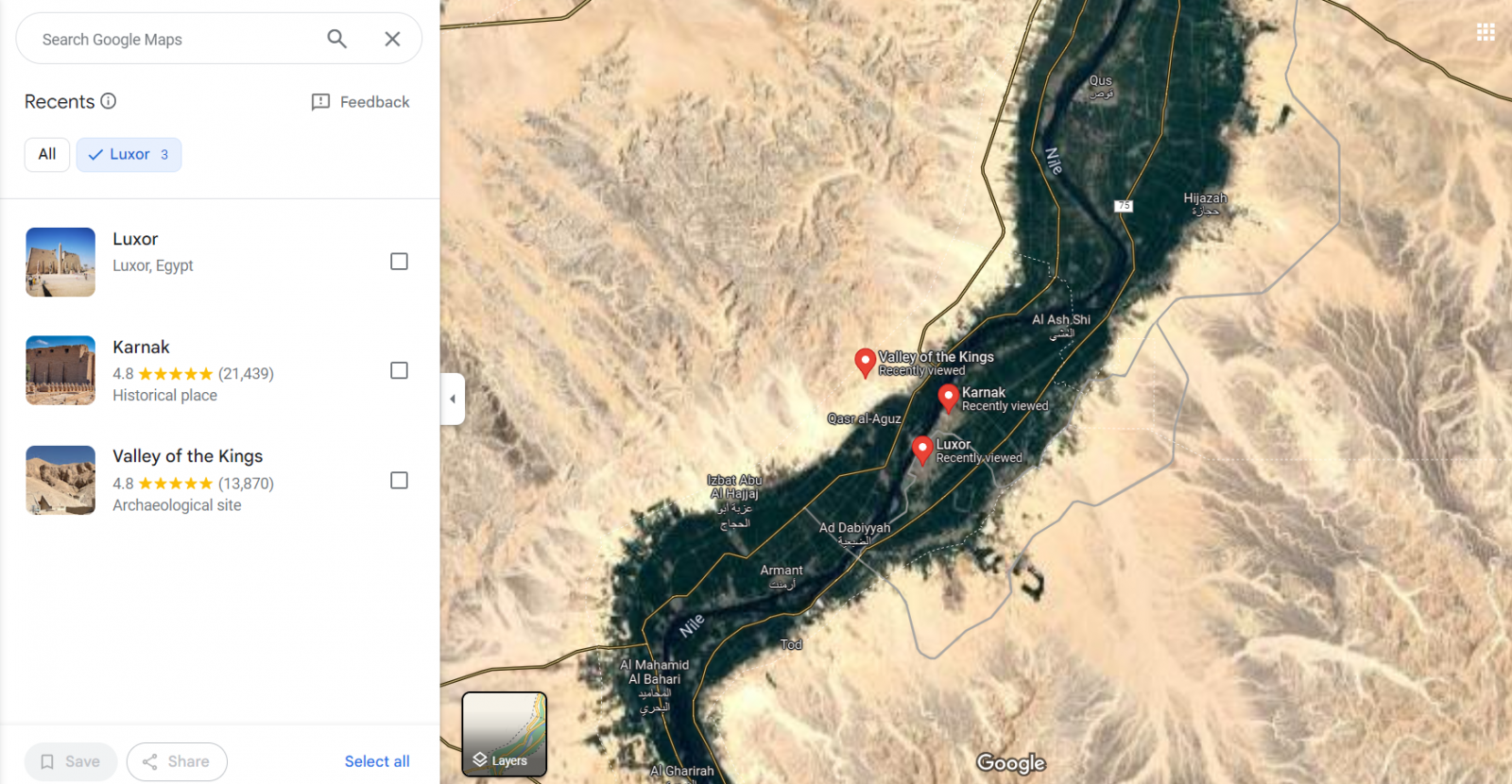
During your Nile cruise, you'll have the opportunity to visit iconic sites like the Valley of the Kings, Karnak Temple, and Luxor Temple. Excursions are usually organized by the cruise operators, so you won't need to worry about transportation or entry fees.
Route planning
When planning your Nile cruise, it's essential to consider the length of your trip and the different types of boats available. Some boats only sail on certain days, and Nile cruises can range from three to five days, depending on the itinerary. Many luxury cruises require signing up for a full Egypt-wide itinerary that starts and ends in Cairo, making it an ideal choice for first-time visitors.
Large cruise ships are perfect for exploring Cairo and Luxor, while smaller vessels like dahabiyas are recommended if you wish to venture further towards Aswan.
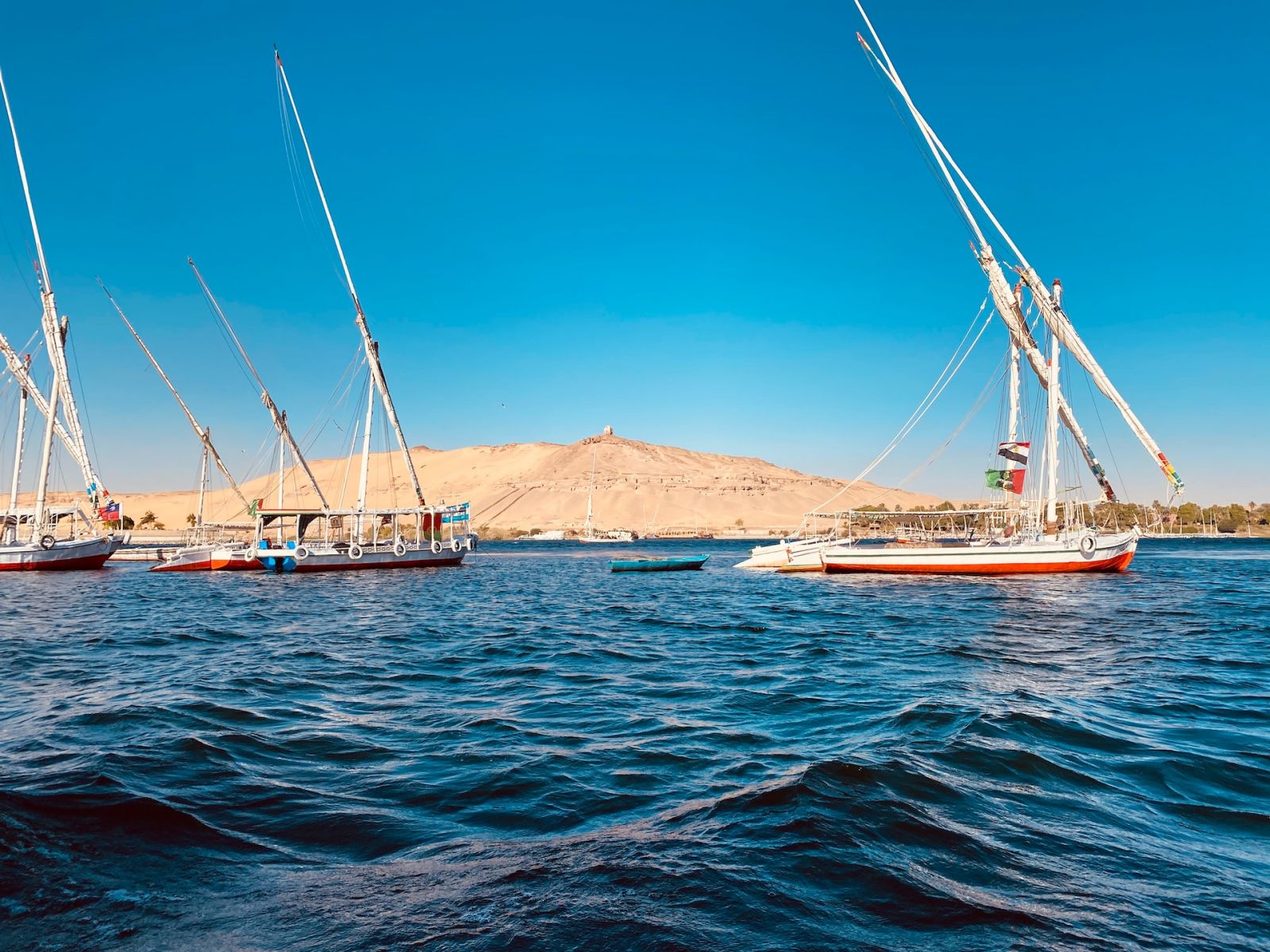
Some areas might have restrictions or require specific permissions regarding sailing on the Nile. Here are some local regulations, depending on the country and region:
-
In Egypt, the Ministry of Tourism and Antiquities regulates the navigation of the Nile River. Boats that are used for commercial purposes, such as tourist cruises, must be licensed by the ministry and must comply with certain safety and environmental standards.
-
In Sudan, the Ministry of Transport and Roads regulates the navigation of the Nile River. Boats that are used for commercial purposes must be licensed by the ministry and must comply with certain safety and environmental standards.
-
Both Egypt and Sudan have regulations in place to protect the historical sites and monuments along the Nile River. Boats are not allowed to anchor or dock near these sites, and visitors are not allowed to enter these sites without permission from the relevant authorities.
Did you find the answer to your specific question?
👍 1 👎 1
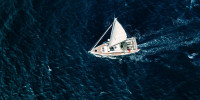
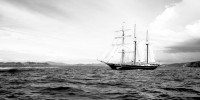
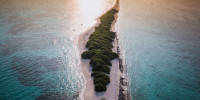
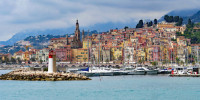
Leave a comment